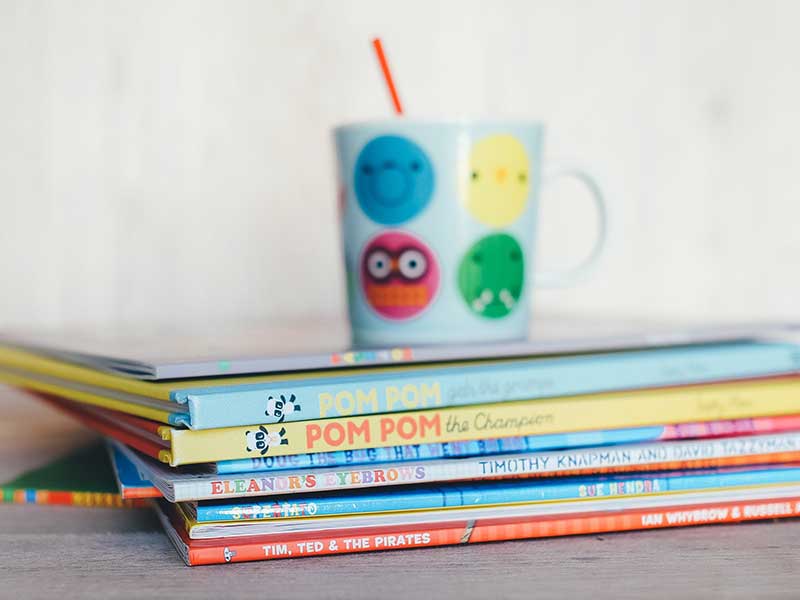Romantic fiction makes heroes of us all
‘Tis the season to watch ‘Love Actually’. At least it was a couple of weeks ago, before the New Year set in and we turned our thoughts from romance, back to real life.
But I’m going to try to stick with romance a little longer, since watching ‘Love Actually’ yet again in the lead up to Christmas (who can resist all of that heartwarming romance and heartbreaking loss?) got me thinking about the ways that books and movies portray romantic love.
In both books and movies, romance rakes in big bucks. In the US, the romance book industry is estimated to be worth a whopping $1.08 billion a year, with 29 million regular readers.
It is difficult to gauge the box office sales of romance movies because the they often fall into other categories such as drama or comedy, as well as anything from fantasy to animation. However, as a guide, ‘Titanic’ took in $658.7 million at the box office, while romantic comedy ‘My Big Fat Greek Wedding’ reached $241.4 million.
An easier comparison to make is between the screen and book versions of one story – let’s say, Gone With the Wind. The book and screen adaptations were both hugely popular, and remain so. The movie version was extravagant in its beauty and drama, and it is hard to argue that the picture created by words and the imagination could beat the beauty and grandeur of what was created on the screen.
One of my favourite fictional romances was that between Ralph Fiennes and Kristen Scott Thomas’ characters in ‘The English Patient’. While I have not read the book which inspired the movie, I am not sure that words alone could have evoked the same, gorgeous desert scenes that were such an integral part of both the movie and the romance. And the passion and chemistry between Fiennes and Scott Thomas was captivating.
“Her life with others no longer interests him. He wants only her stalking beauty, her theatre of expressions. He wants the minute secret reflection between them, the depth of field minimal, their foreignness intimate like two pages of a closed book.” – The English Patient
In contrast, while I was deeply moved by the story of lost love and adoration between Jay and Daisy in the novel of The Great Gatsby, I was never convinced by any film versions – the level of heartbreaking longing that Gatsby felt was never as deep or credible on screen as it was in the book.
Perhaps it was the poetry of F Scott Fitzgerald’s words that made the novel so powerful, and difficult to adapt.
“He knew that when he kissed this girl, and forever wed his unutterable visions to her perishable breath, his mind would never romp again like the mind of God. So he waited, listening for a moment longer to the tuning-fork that had been struck upon a star. Then he kissed her. At his lips’ touch she blossomed for him like a flower and the incarnation was complete.”
And as talented an actor as Leonardo DiCaprio might be, he could not look at Carey Mulligan in the way I had imagined when reading the book:
“He looked at her the way all women want to be looked at by a man.”
Some of my other favourite, although often tragic, movie romances include Leaving Las Vegas and Brokeback Mountain. These films and actors captured the sense of beautiful, complex and flawed characters falling in love.
A common theme in screen romance is the physical beauty of the characters. And while this serves to amplify the element of escapism in films, it can stand as a barrier that doesn’t always exist for the reader.
It is far easier to feel part of a story, or to conceive of being part of it, when the characters are not presented in their physical entirety. Instead, we may imagine a romantic character in our own form or one similar to our own; after all, it is much easier to imagine being the Daisy of the book than it is to imagine ourselves as the exquisite Mia Farrow’s Daisy.
Even the characters who are described as being physically beautiful in a book can be imagined as versions of ourselves, albeit better ones. Perhaps it is this chance to live out romance in the pages of a book is what has made literary romance so popular among so many readers.
Ultimately, there are aspects of romantic books and movies that make them appeal in different ways and at different times – the scenery and physicality on the screen can create a picture that can surpass any created in the viewer or reader’s mind. However, books allow the reader create their own pictures, perhaps even of themselves at the centre of the story. And a beautiful phrase on a page can touch the heart in a way that is hard to recreate on screen.
If pressed, I would have to say I prefer the literary kind of romance, if just because it means anyone can be a romantic hero or heroine between the covers, if only of a book.




